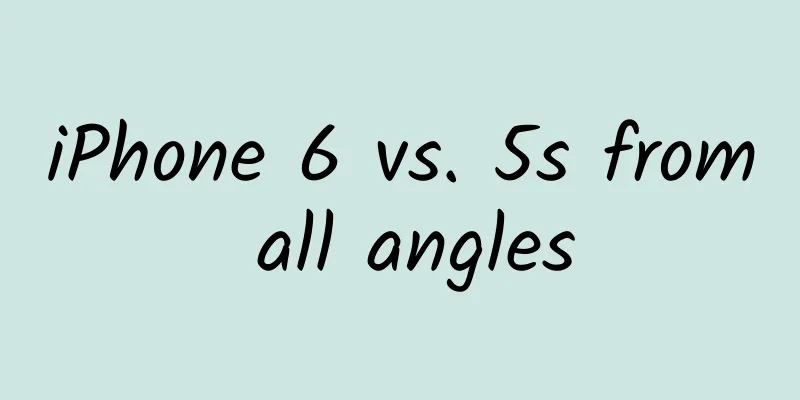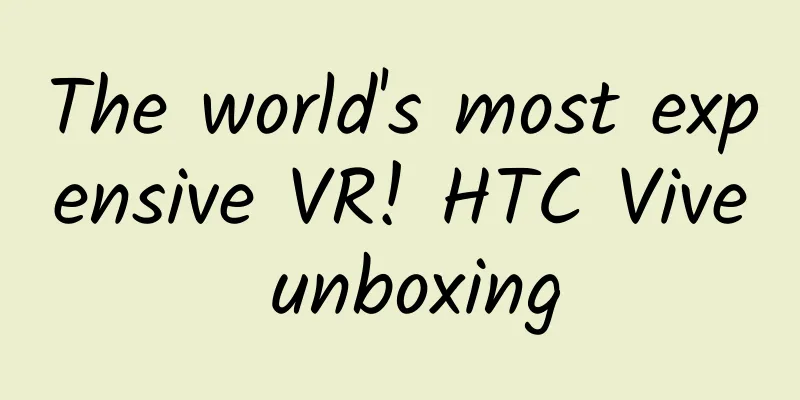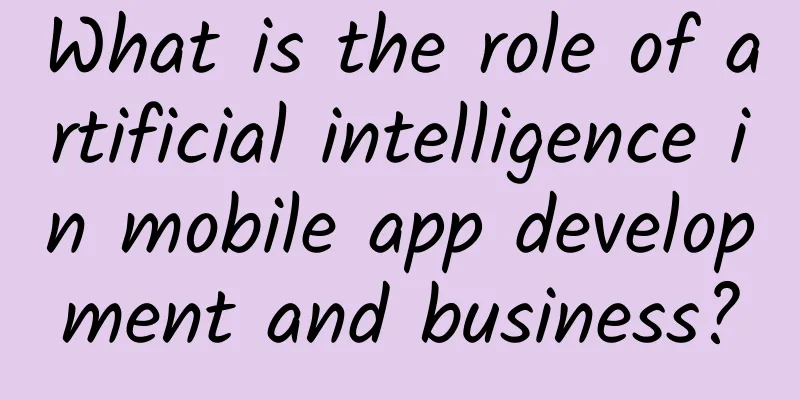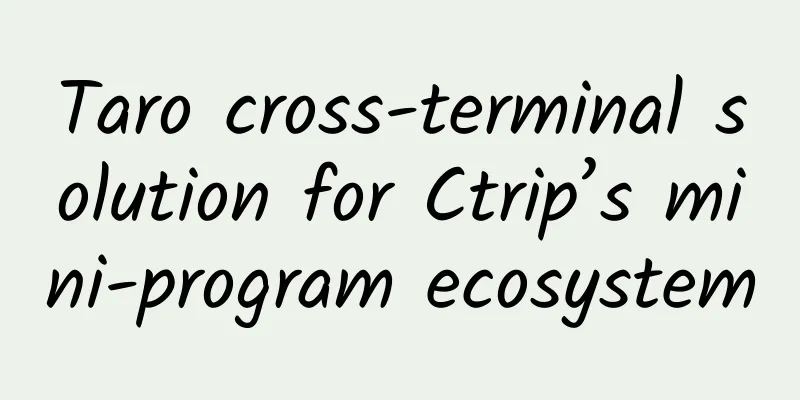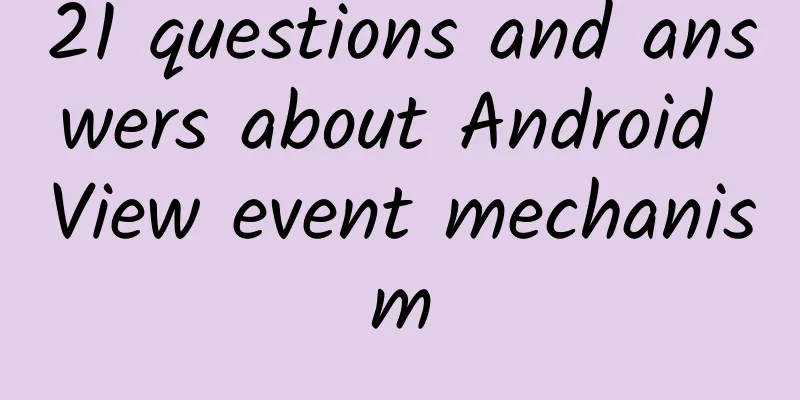There are so many types of mobile phone fast charging, which one is the safest?
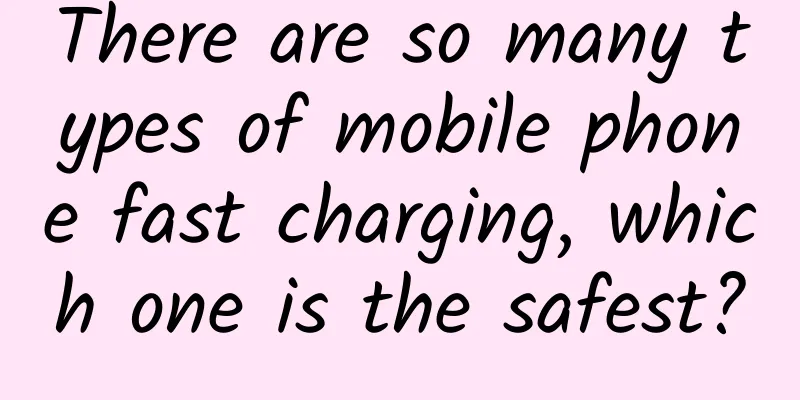
|
A few days ago, Meizu released the third-generation fast charging technology, Super mCharge, at the MWC 2017 conference in Barcelona, claiming that it can fully charge a mobile phone (3000mAh) in 20 minutes. Super mCharge uses a new 11V/5A high-voltage direct charging solution with a maximum power of 55W. It can fully charge a 3000mAh battery in 20 minutes, which is more than 5 times faster than ordinary charging. This fast charging technology has aroused widespread discussion. After Super mCharge fully charged a 3000mAh battery, the highest temperature of the on-site test machine was only about 38℃, which is equivalent to the normal body temperature of the human body, fast and cool. In addition, Super mCharge also has 10 layers of safety protection, such as voltage and current monitoring and adjustment mechanisms. There is also a newly added E-Mark smart safety chip to provide dynamic protection for charging safety. Although Meizu's fast charging technology is good, it has not yet reached the conditions for commercial use. Meizu Chairman Huang Zhang said on Weibo that Super mCharge is a technological leader that is useful to users. We will strive to put it into mass production in 2018. It seems that we will not see super fast charging on Meizu's 2017 models for the time being. But we cannot rule out the possibility that we will see it by the end of this year if the technology progresses smoothly. There are many fast charging solutions for mobile phones at present: Qualcomm QC2/0/3.0, MediaTek PE/PE+, OPPO VOOC, HiSilicon FCP, USB PD (USB Power Delivery Specification) and other fast charging standards, so what kind of fast charging is better? High charging power Fast charging means fast charging, and in order to increase the charging rate, the charging power must be increased. According to P (power) = U (voltage) x I (current), there are three ways to increase the charging rate: high voltage fast charging, high current fast charging and high voltage and high current fast charging. The higher the power, the greater the heat generated during charging, and it will also bring safety problems, so the charging power cannot be increased indefinitely. At present, the actual charging power of Qualcomm QC3.0 is around 15W, and the charging power of OPPO's VOOC flash charging is around 20W. Low heat generation The heating of mobile phones during charging is one of the key issues that fast charging technology needs to solve. According to actual usage experience, most fast charging technologies that increase the charging rate by increasing the voltage (such as Qualcomm QC3.0, MediaTek Pump Express) generate more obvious heat, while fast charging technologies that increase the charging rate by increasing the current generate less heat (such as OPPO VOOC flash charging, Huawei Super Charge super fast charging technology). Support fast charging with screen on If the screen is on when the mobile phone is charging, many mobile phones do not support fast charging and can only be charged at regular charging power. For example, the Samsung S7 edge I use uses Qualcomm's QC3.0 fast charging technology. When the screen is on, it can only reach a charging power of 5V/1A (5W), while it can reach a charging power of 9V/1.5A (13.5W) when the screen is off. The reason why it does not support charging with the screen on is probably to control the heat. When the CPU is in load mode when using the mobile phone, the mobile phone itself will heat up. At this time, the heat generated by fast charging will double the heat of the mobile phone. The best fast charging technology is OPPO's VOOC flash charging technology, which supports 5V/4A fast charging power even when the screen is on. Low battery loss Fast charging technology will more or less affect the battery life of the mobile phone. The current fast charging solution has an acceptable battery loss. After one year of use, fast charging has not had much impact on the battery capacity. At present, most companies that provide fast charging solutions have not given their impact on battery life from the battery perspective, but under the national standard, the battery capacity is qualified if it is above 80% after 500 charge and discharge cycles, and it has little impact on use within one year. The frequency of changing smartphones is relatively high. Generally, most users will replace their mobile phones after one or two years of use, so fast charging will not significantly affect the user experience of mobile phone batteries. As a winner of Toutiao's Qingyun Plan and Baijiahao's Bai+ Plan, the 2019 Baidu Digital Author of the Year, the Baijiahao's Most Popular Author in the Technology Field, the 2019 Sogou Technology and Culture Author, and the 2021 Baijiahao Quarterly Influential Creator, he has won many awards, including the 2013 Sohu Best Industry Media Person, the 2015 China New Media Entrepreneurship Competition Beijing Third Place, the 2015 Guangmang Experience Award, the 2015 China New Media Entrepreneurship Competition Finals Third Place, and the 2018 Baidu Dynamic Annual Powerful Celebrity. |
>>: After the failure of Google Glass, Google wants to make a hat
Recommend
Keep competitive product analysis report!
The body is the capital of revolution. After the ...
It’s so fast that even Nezha can’t catch up. Why is the cheetah so fast?
Review expert: Wang Lei, National Park and Nature...
Volvo recalls 74,000 vehicles in the US, including the S90
According to foreign media reports, Volvo will re...
Do you get goosebumps when you see "goosebumps"? It's not redundant at all...
Not only can he stand up to warm you in the cold,...
Black hat Taobao virtual selling project, video tutorial on how to earn 5000+ per month with a single store!
Black hat Taobao virtual selling project, a singl...
Tips for creating hit products!
Whether a product is good or not is not determine...
Tips for Baidu Mini Program inclusion and experience sharing on developing Baidu Mini Program!
I am very happy to share with you the problems we...
“Stories of Delisting” in the Mobile Internet Era
New Year's Day is approaching, and at the tur...
Qingming Festival is coming soon, come and have a taste of spring!
Mixed Knowledge Specially designed to cure confus...
Apple is going to add a major new feature! iOS 13 is coming
As the moat of the iPhone family, the iOS ecosyst...
Why do airplane meals taste so bad? It may not be the food that’s to blame
When you are on an airplane, you may have had thi...
The temperature difference between day and night on the moon is huge. How do astronauts land on the moon?
On July 21, 1969, the US Apollo 11 spacecraft suc...
WeChat bank card payment prompt error: three steps to find out the reason
What should I do if an error message appears when...
“Justice League” that can save Android devices from lag is here!
The "Android Unified Push Alliance", wh...
How to achieve growth at low prices? Let you know Xiaomi's business model
From launching MiTalk and MIUI systems to making ...



